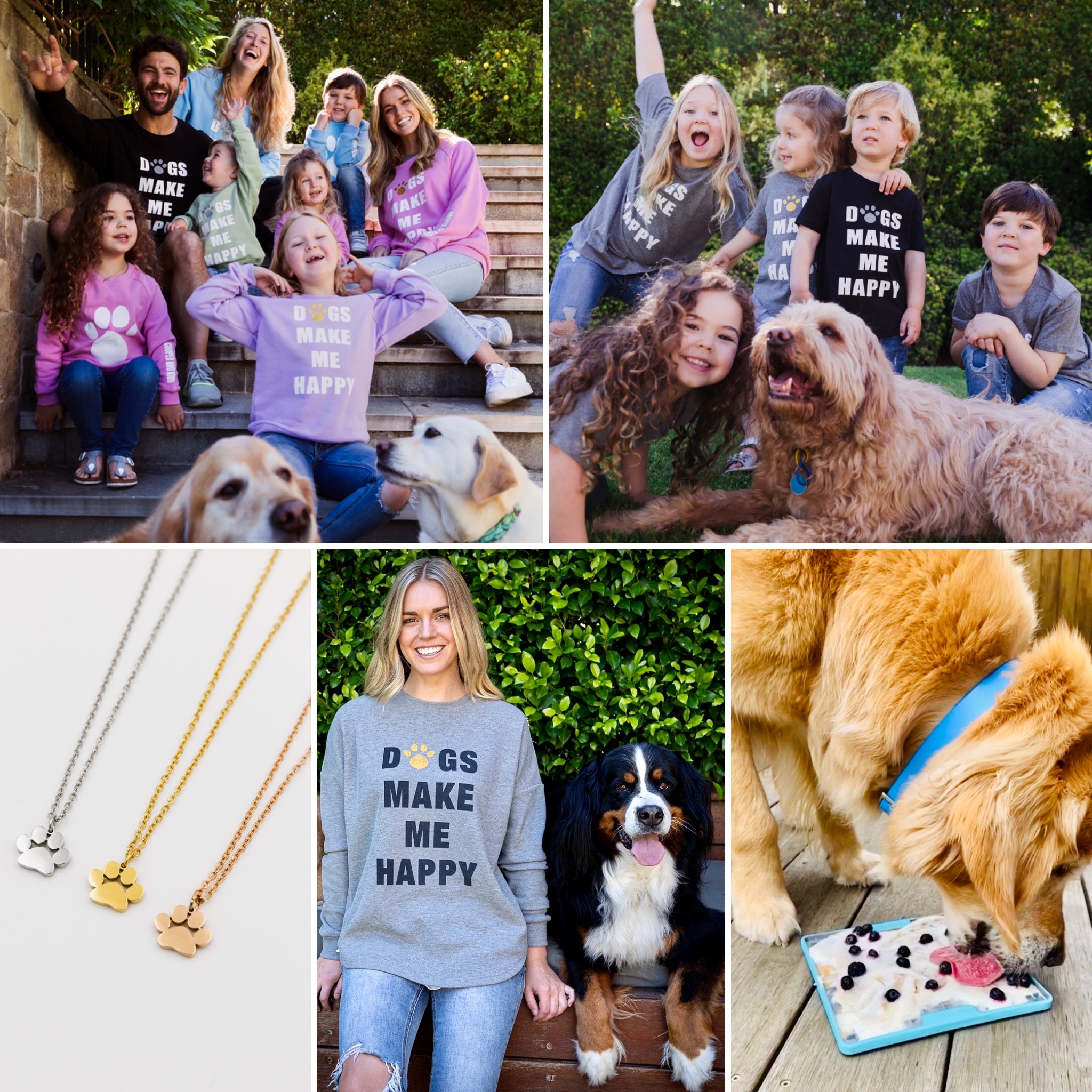Whether you have had dogs your whole life or this is your first dog, bringing a puppy into a home with young children, comes with all sorts of challenges.
The sharp teeth, constant mouthing, jumping, chasing kids, sleepless nights, stealing stuff, weeing and pooing all over the house – it’s a lot to handle.
For families with young kids you might have to deal with all of this PLUS – kids who don’t listen, want to smother the puppy, pick the puppy up, tease it, steal its toys, play too rough. The juggle is real.
 Whilst all of this sounds like a lot, a new pup can also bring so much love, laughter, joy and cuteness! But it takes a whole lot of education, hard work, time, effort, energy and patience to raise a beautiful well-mannered family dog.
Whilst all of this sounds like a lot, a new pup can also bring so much love, laughter, joy and cuteness! But it takes a whole lot of education, hard work, time, effort, energy and patience to raise a beautiful well-mannered family dog.
Today I am here to give you my five top tips when working with kids and puppies that will help to keep you sane in those early days! In saying that, getting help from a force-free professional is essential in those early days to help you, your kids and your new puppy to get life right so please don’t just rely on these tips!

1. This is a phase: The puppy stage will pass.
Remember when your kids were little, and you didn’t get any sleep. Or when they were in pain, whinging heaps when teething? How about when you were toileting training them and they’d have those gross accidents? Or the toddler tantrum phase? Remember your friends and family telling you that it was just a phase and wouldn’t last forever?? Well, guess what? Same goes with raising a puppy.
Those sharp teeth, mouthing at you, the kids, their toes, their clothes, the furniture, and the walls. Steeling anything that’s left on the ground. Taking any opportunity to sneak into a room to pee behind the couch. Not sleeping through the night… the list goes on and on. But guess what? This isn’t forever!! Yes, the mouthing can get a whole lot worse before it gets better – due to teething. But with the right knowledge and education, you can help guide your puppy to navigate life in our human world to help make them come out that other side, an awesome, confident, well adapted family dog. So, when you feel like you just can’t do this, please remember – the puppy stage is just a phase, it will pass!
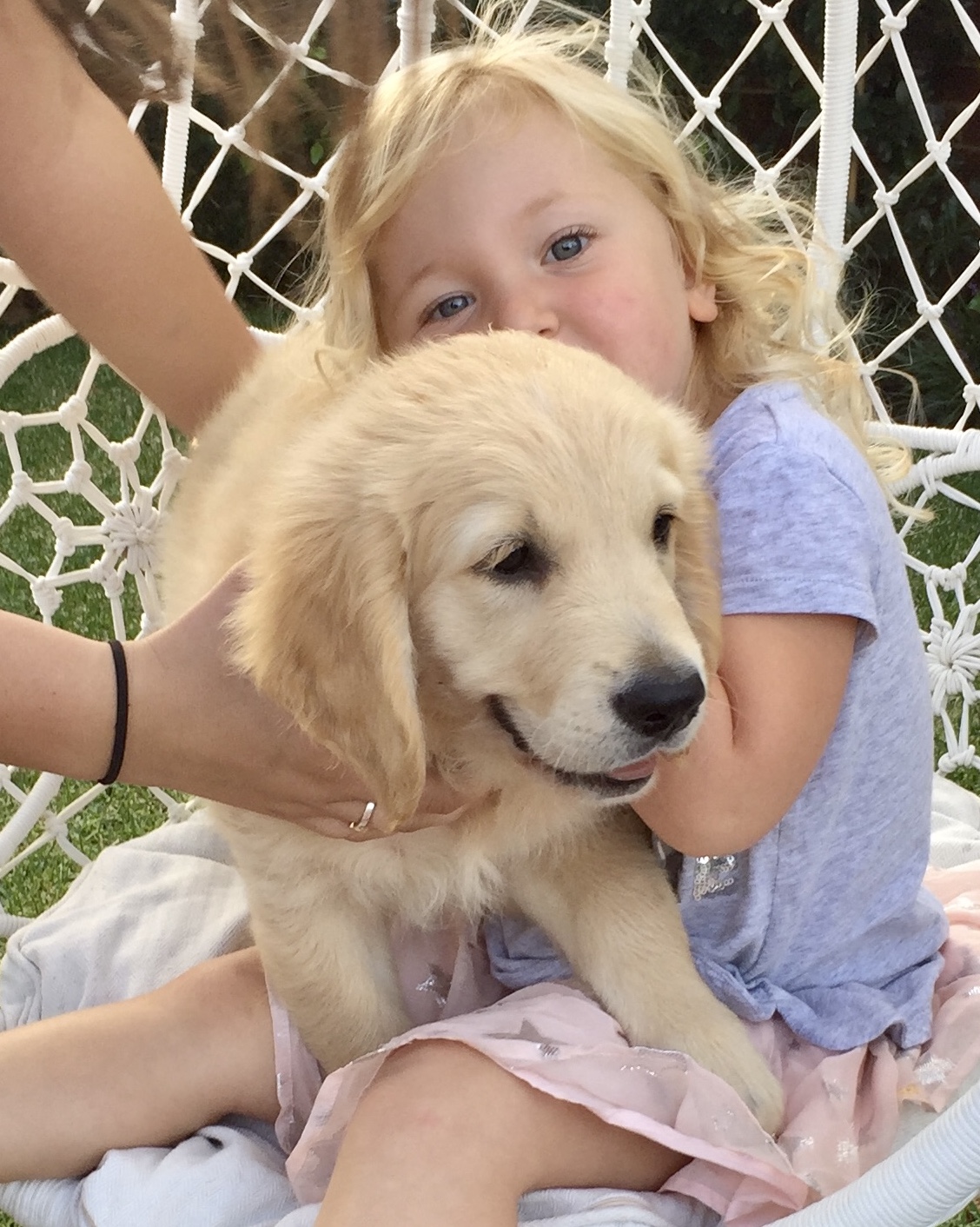
2. Supervision is essential: for safety and because our puppies are always learning.
Yes supervising kids and dogs together is essential! Why? Because dogs are a different species and yes, no matter how cute they are or how much we trust them, they can bite. But also, when dealing with baby pups, kids can accidentally hurt the puppies too. So active supervision is needed to ensure that everyone is safe.
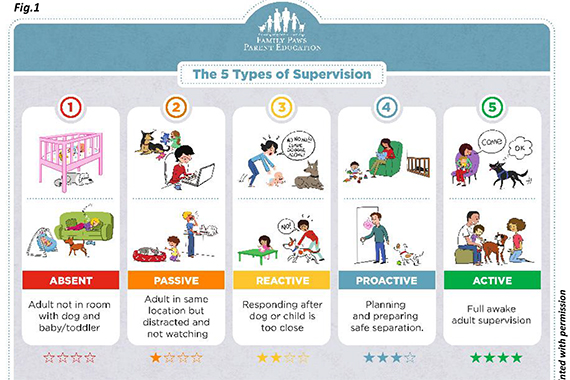
I talk about the five different types of supervision a lot (as seen in the image above from our friends at Family Paws) in my other articles and on my socials but today I am going to take this a step further. I want you to keep in mind that puppies are always learning. And it is very hard for kids to know how to always be sending the puppy the right messages.
Dog training isn’t just about teaching a dog to Sit, Lie Down, Come, Stay.
Yes, these skills can be helpful in life but they are not everything. Every moment your puppy is awake, it is learning. Learning how to navigate being a puppy in our human world. For example, puppies don’t mouth (bite) to be naughty, they do it because this is how pups play! But we need to teach a puppy that this is not how we play with humans. Puppies don’t jump up to be naughty, they do it because it might be working in getting your attention. So we need to constantly be thinking about how we respond to our pups and the feedback we are giving them.
Teaching your children to interact appropriately is going to be half the battle here.
To teach a puppy not to bite us, jump on us, bark at us, chase us, we need to make sure that everyone in the home is sending the puppy the same consistent messages. When you do the behaviours we don’t like (mouthing, jumping, barking, chasing, etc) nothing happens – you don’t get any attention or play from us. We stand really still like a tree (click this link for more on what this is). Without even realising it – things like waving our arms around, shouting “no no no”, or “get down”, running away, stomping our feet, etc are all forms of attention. Even though we know it is not “good” attention, your puppy doesn’t know this – so we might accidentally be reinforcing the behaviours we don’t like. We need to teach the pup that when good things happen, we will pay attention. Like the puppy comes and sits in front of you – in that moment we recommend getting down and playing or giving the puppy the attention, it likes. Reward those behaviours you want to see more of.
When you are supervising – be present! Look for the good! Reward the good stuff.
This goes for both the puppy and the kids! Ignore the behaviours you don’t want to see or redirect in those moments. Use positive reinforcement throughout the day and reward your dog and children for good behaviour. The more you reinforce a behaviour, the more you will see it occur again and again! This will help to teach and guide your puppy what is safe and appropriate in our human world and will teach your children the best ways to interact safely and appropriately with their new puppy.
As the parents, it is also up to you to model appropriate behaviours!
Kids will copy everything we do, including how we interact with our dogs so modelling is so important. Make those moments count when you are present with your kids and puppy. Show and guide your children about how to interact with your puppy safely and appropriately.
![]()
3. Be proactive, not reactive: set your environment up to help the puppy get life right
Instead of saying “no no no” all the time, set up the environment to help your puppy get life right!
Before bringing your puppy home – do a massive clean-up, in the house and in the garden. Get down on your hands and knees like a crawling child – anything you can see that is a hazard for a small child, is likely to be a hazard for a puppy. For example, have an area the kids can play with their toys that the puppy can’t get to, get a storage box to put your shoes in rather than leaving them on the floor at the front door. Help your dog and your kids to get things right and set them up for success. Make it safe so you can relax when the puppy is home.
When you can’t be supervising your puppy (and kids), management is going to be your best friend.
For example, using baby-gates, a playpen, crate, closing doors, etc. Management is essential to give parents and our dogs a break from the chaos and to help our dogs feel safe.

Supervising 24/7 is stressful and tiring for us as parents and for the dogs. Create your puppies “safe zone” if you don’t have one already and start getting the pup used to it slowly and gradually in a positive way.
Separation can be challenging for a small pup as they are social beings and just want to be with us. The best way to make separation/ management a positive is to start slowly and gradually and to include food enrichment – like a kong, lickimat or a chew toy to help your dog settle into it. It should not be seen as punishment or a negative – rather it is a way to let everyone chill and have a break. Make it a place your puppy wants to go and chooses to go to.
Teach children that your dog’s “safe zone” and his bed are his safe, private spaces. Never disturb a resting/sleeping dog. Even though your new puppy is adorable, it is important that as parents, you model this too and make sure to leave the pup alone when in its “Safe zone” or when sleeping. Teach young children to wave or blow a kiss instead.
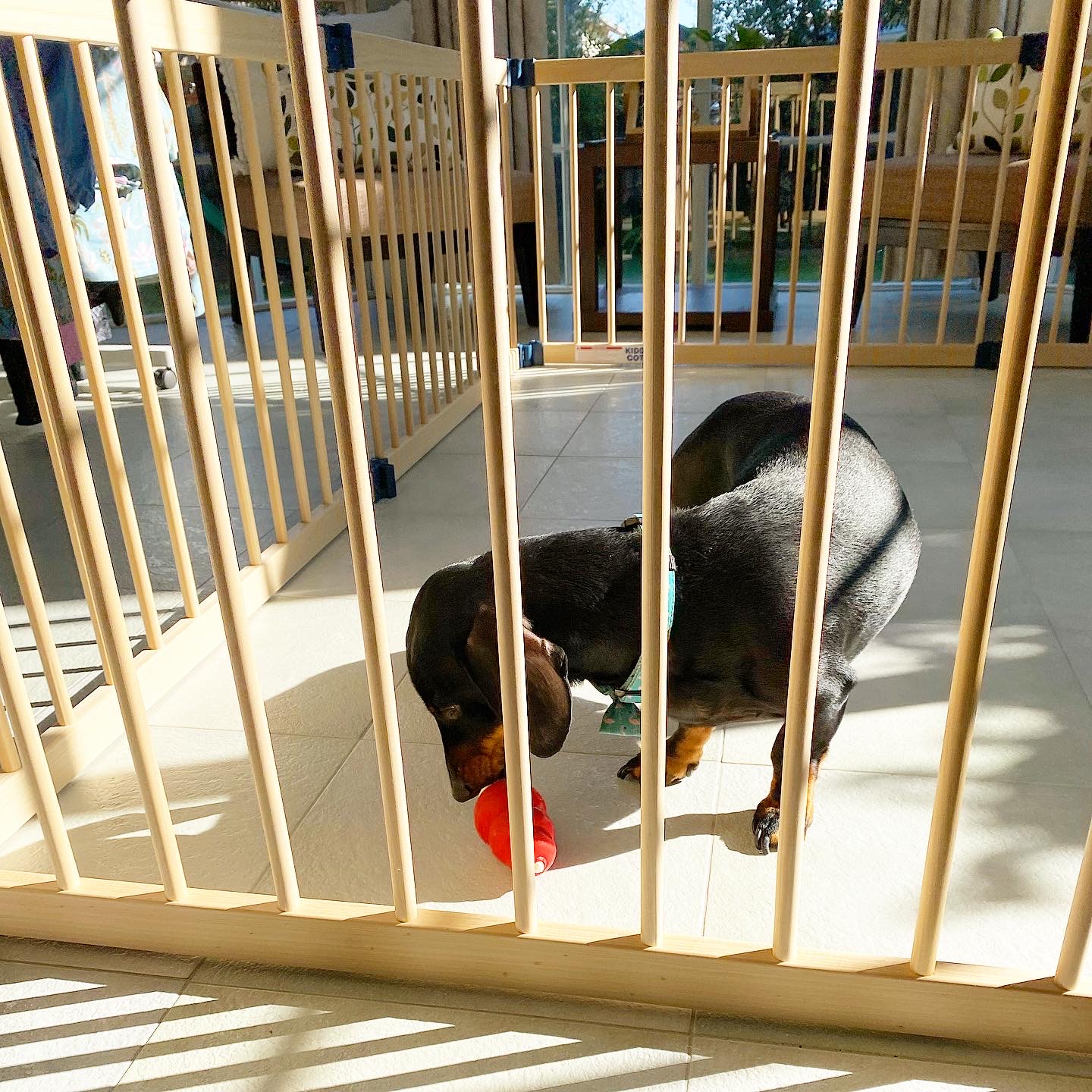
4. Learn to understand dog body language and teach this to your children
Believe it or not, dogs have feelings too!
So let’s look to find more of the things they enjoy and stop doing the things that are just tolerating. Tolerance is not enough, we want dogs to actually enjoy their interactions in life. Listening to and understanding their body language will help to build positive trusting relationships and this is such an important message to start teaching to our children too from the very beginning.
Dogs communicate in completely different ways to humans, after all, we must remember they are a different species to us. The only way we can truly know how a dog is feeling is by watching their body language. Tuning into your dog’s body language is a powerful way to enable you to respond to their needs and support them in all situations.
Many of the things we do as humans, our dogs do not in fact enjoy, eg. a pat on top of the head, a big bear hug, a kiss on the face, meeting unknown dogs. The way we show affection is very different to how dogs show affection. The way we greet people is very different to how dogs greet dogs. Through understanding body language, you can learn to recognise when your dog is feeling happy in a situation versus when they are not.
Have a look through these images! More often than not, dogs will communicate to us when they are starting to feel uncomfortable. It is up to us to see the subtle signs and help them in those moments, so our dogs don’t feel the need to escalate as seen in the ladder of communication.
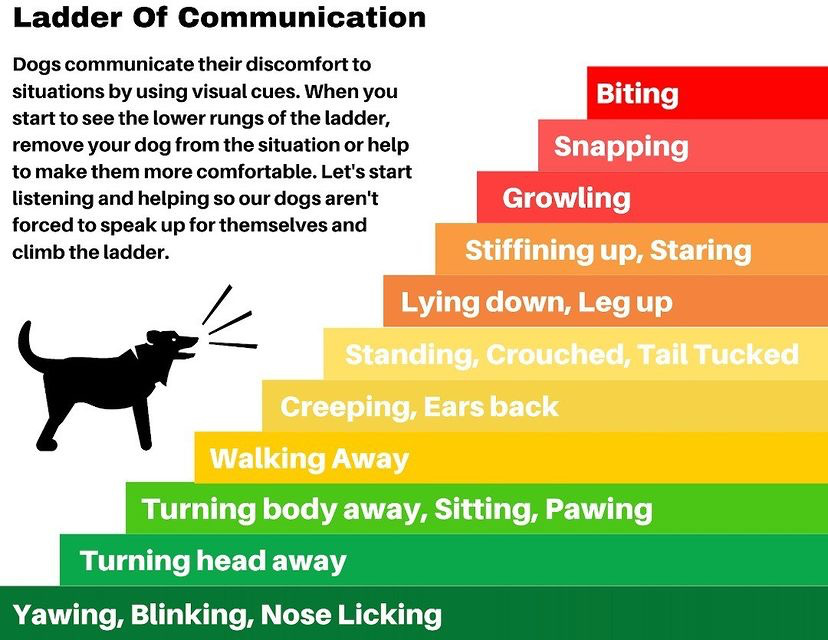

Here what some of these look like…
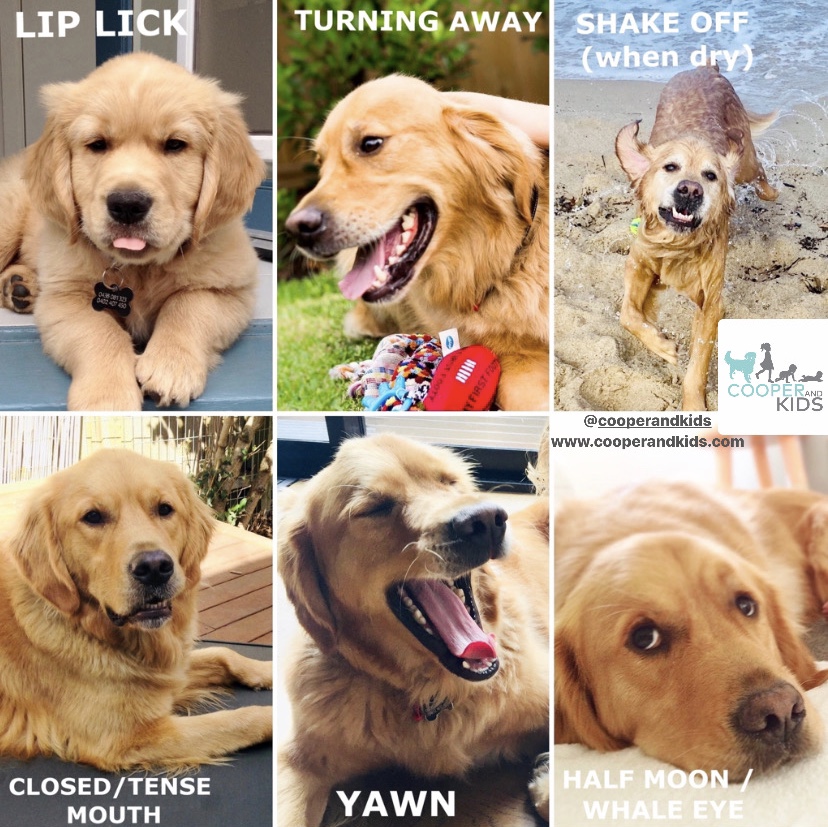

Start noticing these. Start talking about them in the house. The more we start commentating our dogs body language out loud, both in the good and the bad moments, our kids will start seeing it too.
Once you are aware of body language, this means you can take action to stop or avoid stressing your dog out (i.e. a pat on the head) or give space from the stressor (i.e. another dog barking on the other side of the fence – cross the road rather than walking directly past if your dog is scared). Dogs love and need their space, so distance is key! If something is stressing them out, giving distance from that stressor can be really helpful. Responding to your dog’s body language in this way is key to helping your dog live a happy and safe life!
By understanding that our dogs have feelings too, we can then remind children that it’s important to give your dog choices!
To really start thinking about it from the dogs perspective. How would your puppy feel being touched and smothered all the time? You could say to your child – “how do you like it when mum and dad just want to hug and kiss you all day?” Most kids turn around and say, “oh yuk!”. Or asking them how they feel when getting woken up. Again, most kids don’t like being woken up. And from that we can explain that puppies also feel like that. So, it is important to respect a puppies space and body. If you or your child wants to engage or interact with your puppy, rather than approaching them, call the pup over. Sit on the floor and pat your legs, if the puppy comes – great, if they choose not to come, leave them be. Listen to them and respect them.
5. Keep it fun!
I want your kids to always be the fun ones when it comes to your new puppy! They are never to be the ones to tell the puppy off or to take something away from the puppy. They are to be the ones bringing all the delicious treats and playing all of your puppies favourite games.
Things like feeding the puppy, playing with the puppy in ways the puppy enjoys, using treats for basic training, making scatter trails of dog food. Click here for an article with heaps more ideas. But the key to remember here is that all dogs are different. Whilst one dog might enjoy pats or cuddles from a child, another may really dislike it.
Building relationships based on trust and respect is so much more important than training your dog to be a robot. I want nothing more than for your dog to love your kids and your kids to love your dog. So, through understanding your dog’s body language, you will start to see what it is that they LOVE most! What makes their tail, body and face loose waggy and relaxed? Once we can see that, that’s what we need to start getting our kids to do more of! What makes your dog tense up, back away, stiffening up? We want to start doing way less of those things.
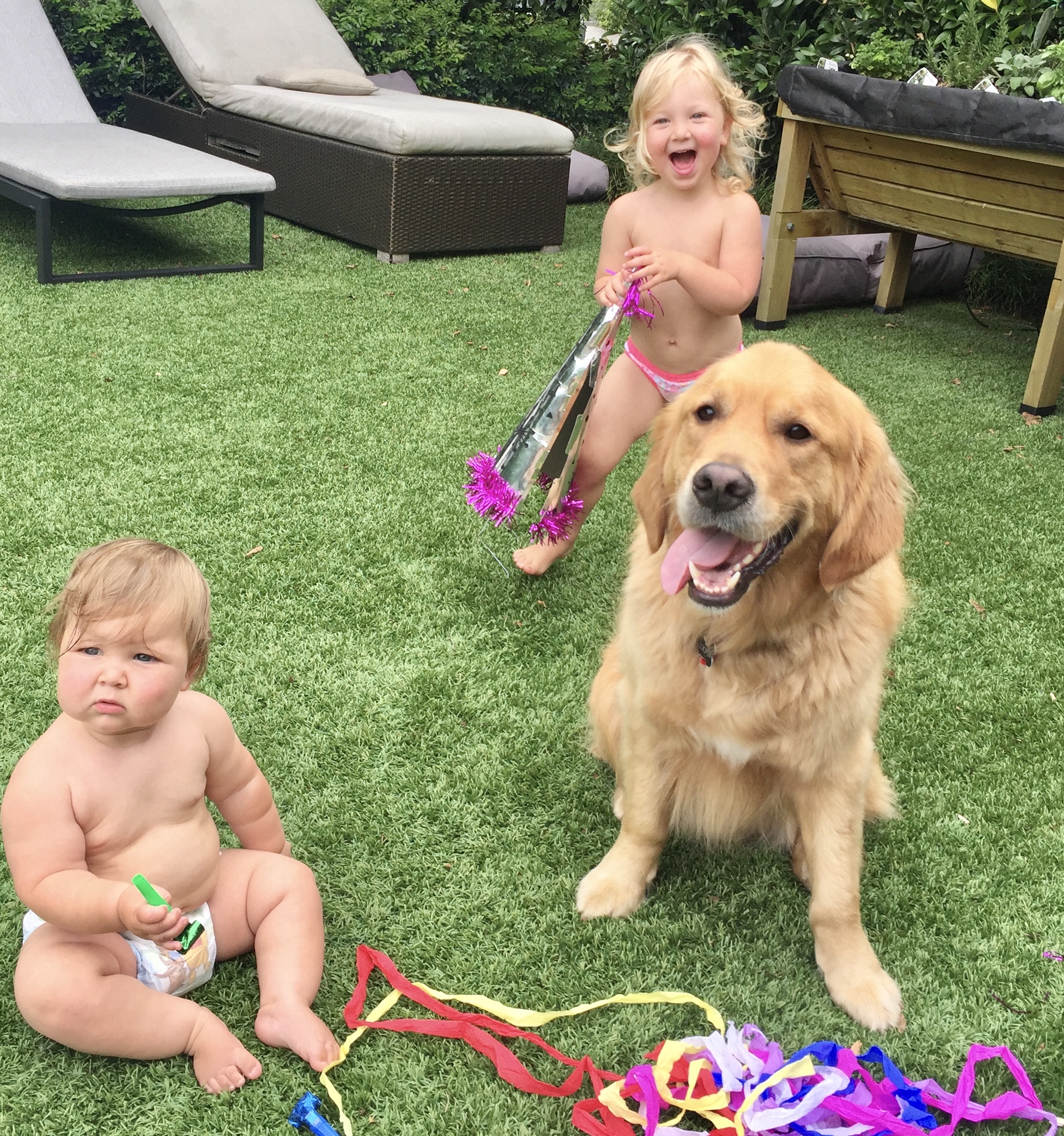
So there you have it! I hope these five tips will help keep you a little saner during what can be a really chaotic time! Puppies grow up fast so make sure to enjoy it!! As mentioned at the start, please make sure to get a qualified trainer on board from the start. Preventing problems is much easier than trying to fix them later on. And if you don’t have a puppy yet but are considering it, make sure to click here to have a read of my article on when is the right time to get a family dog. Or if you have that new puppy and you would like sessions with us, reach out, we run a super fun 6 week program from our friends at The Family Dog. You can find out more about it here.
As always please reach out if you have any questions or leave us a comment below.
Mel xox
PS. Make sure to head to our SHOP if you haven’t already! Spoil yourself, your kids and your dog!!
